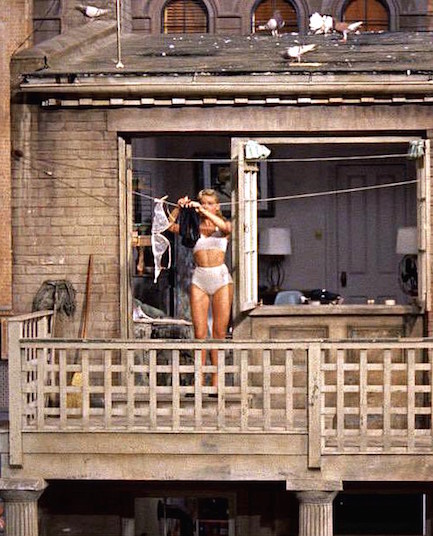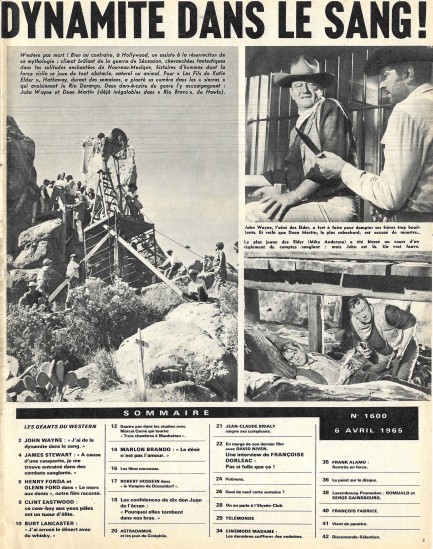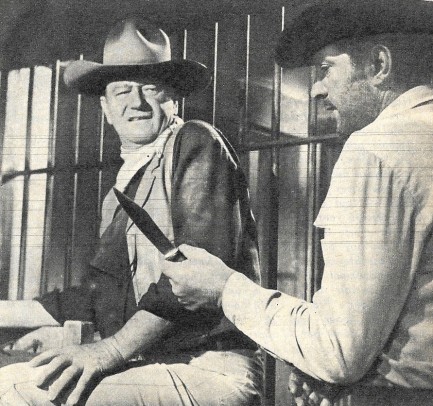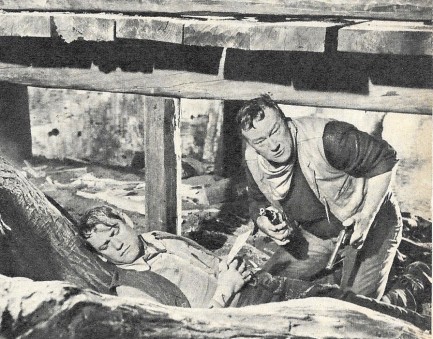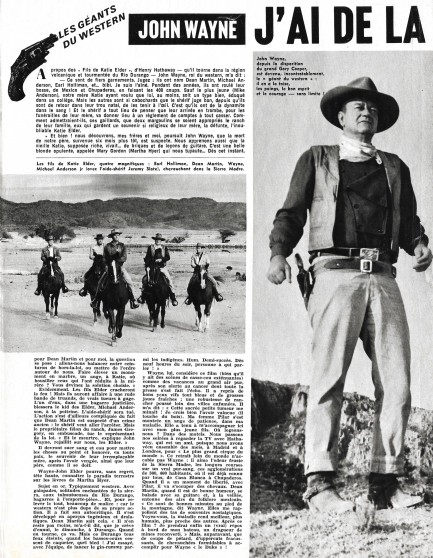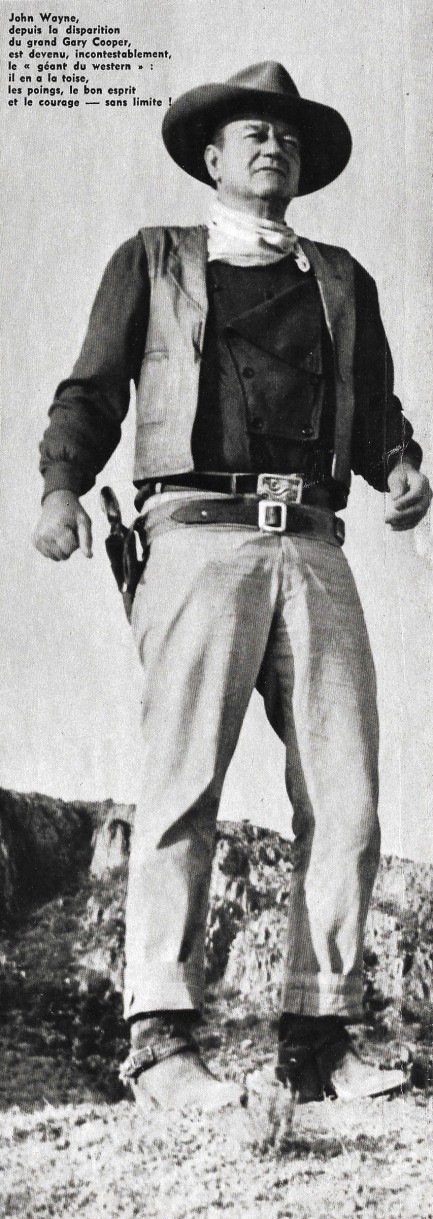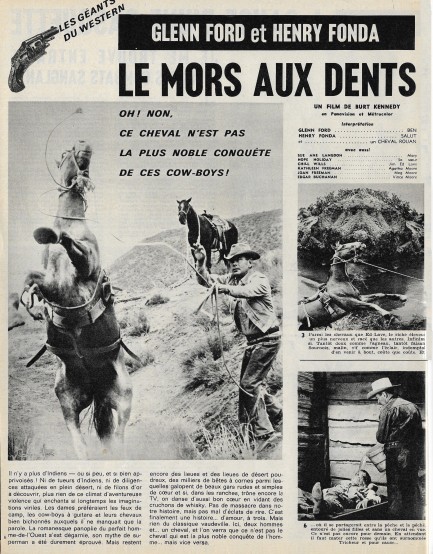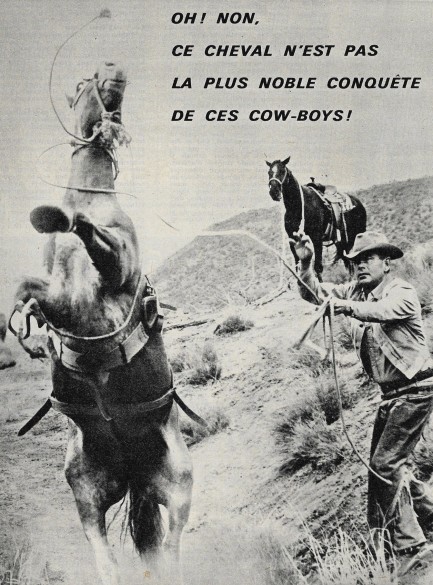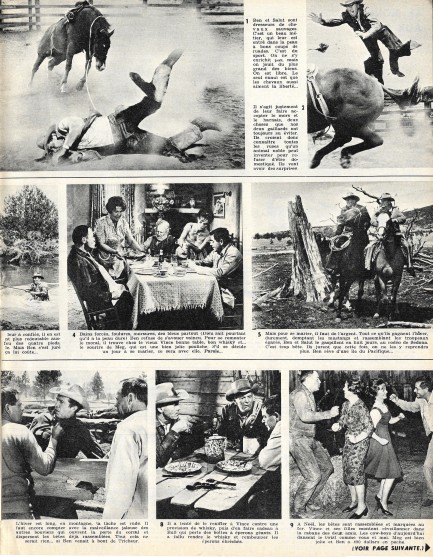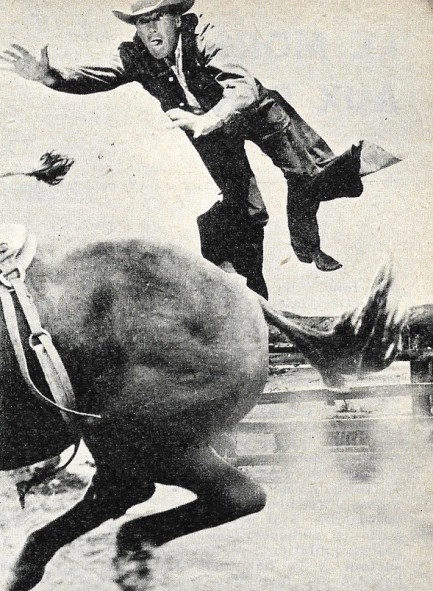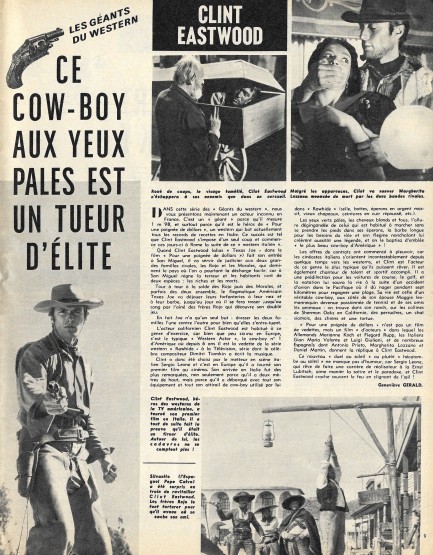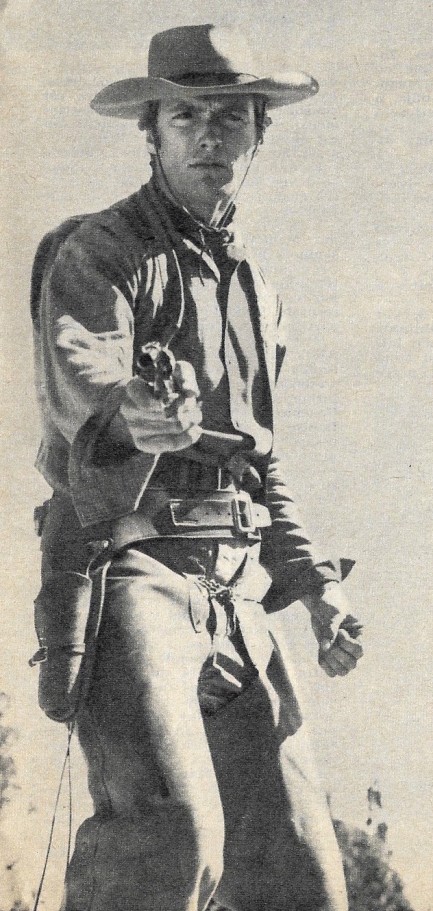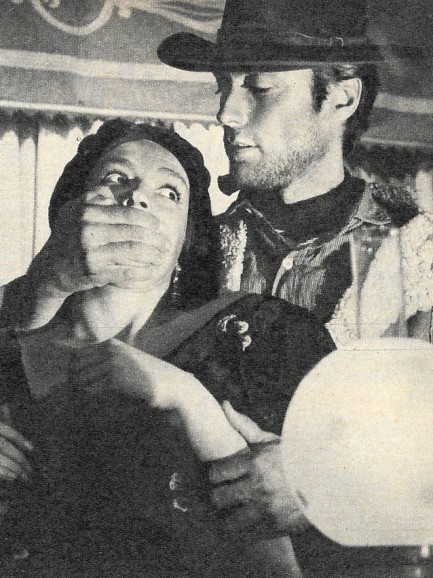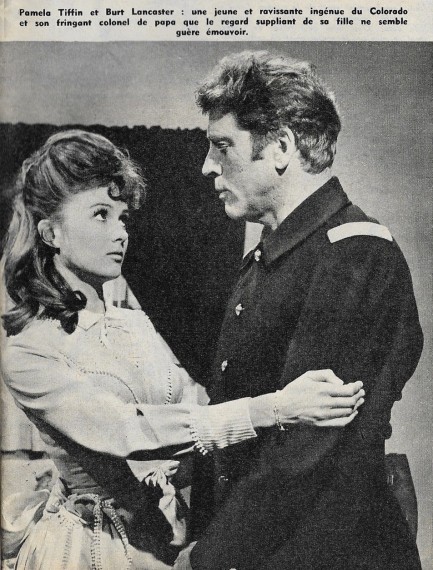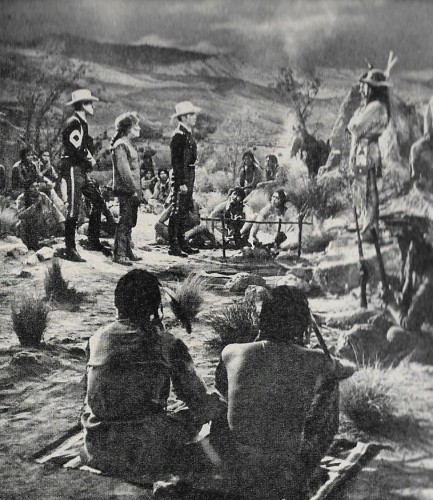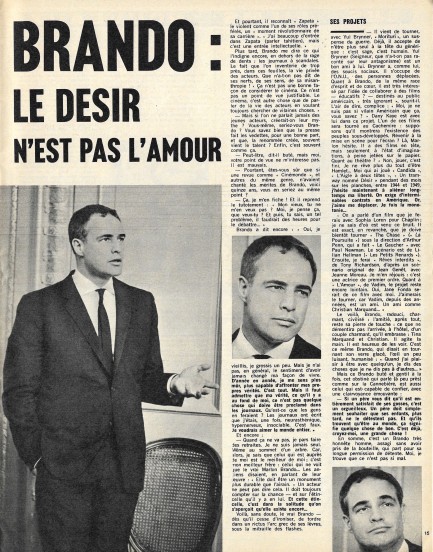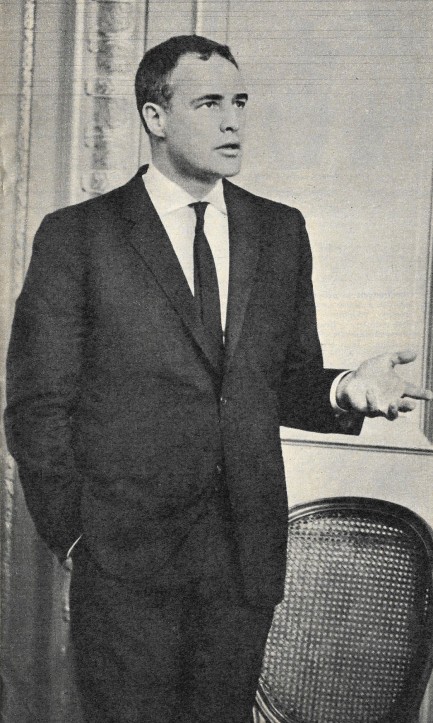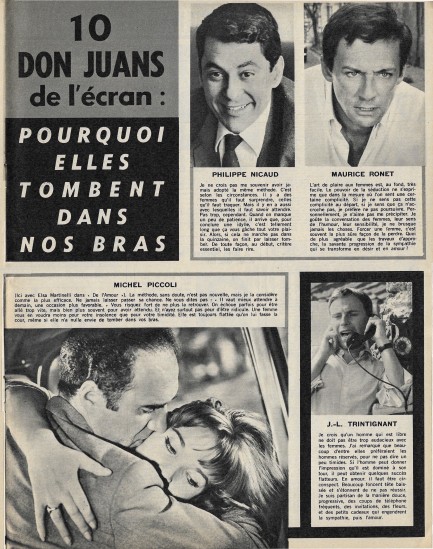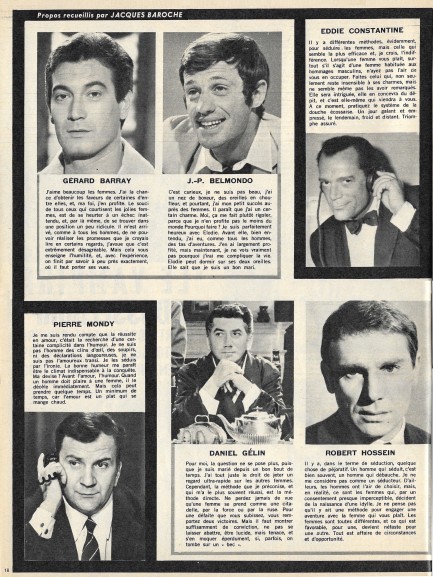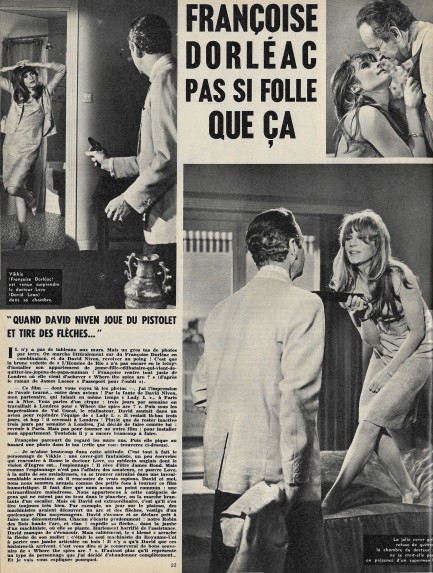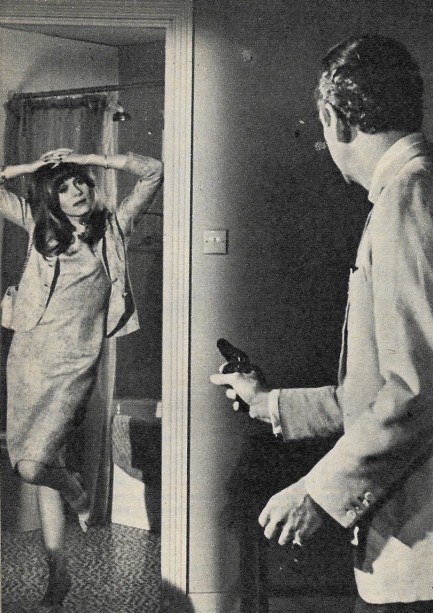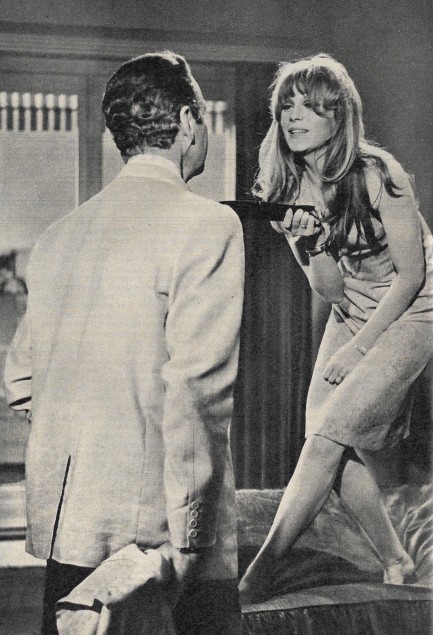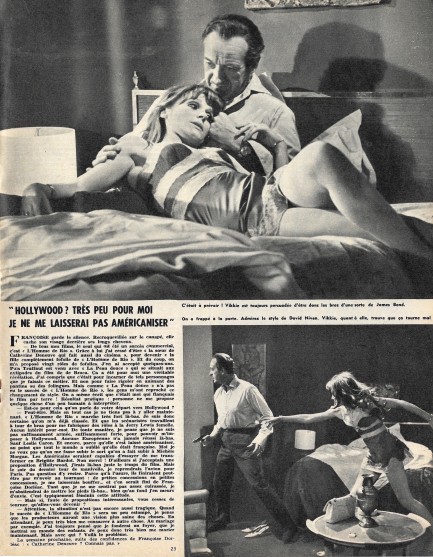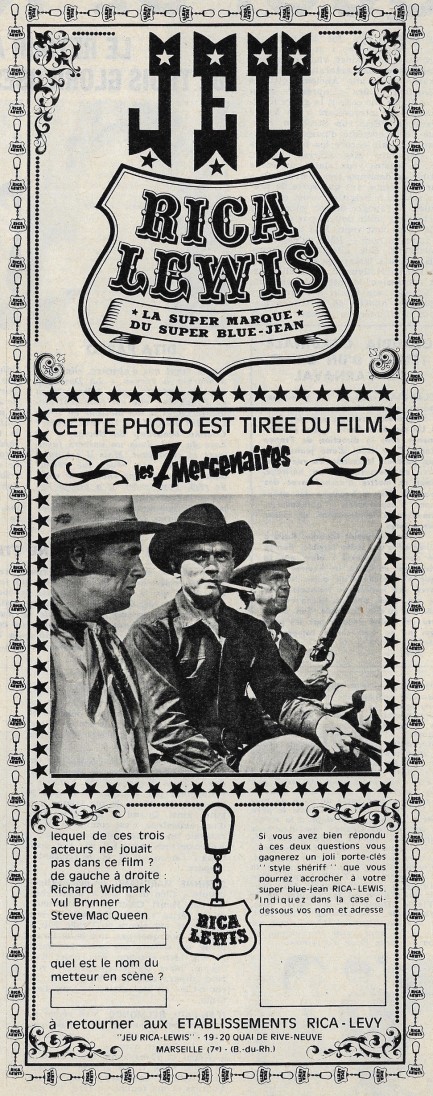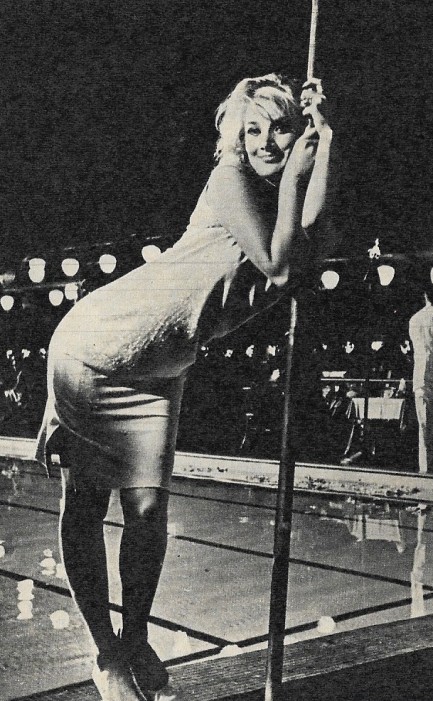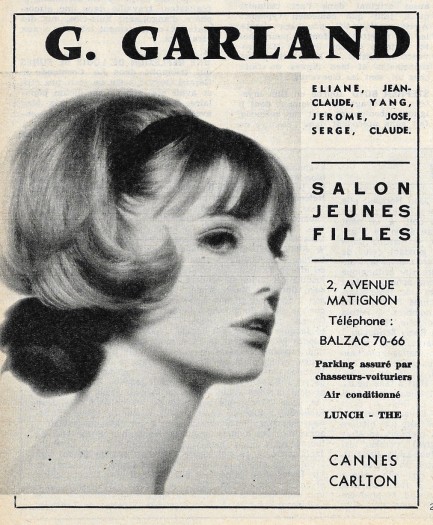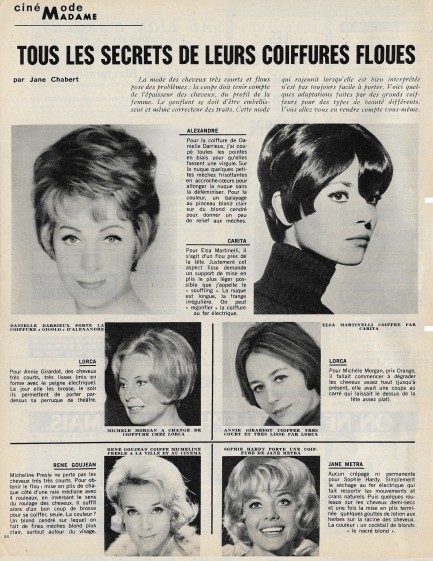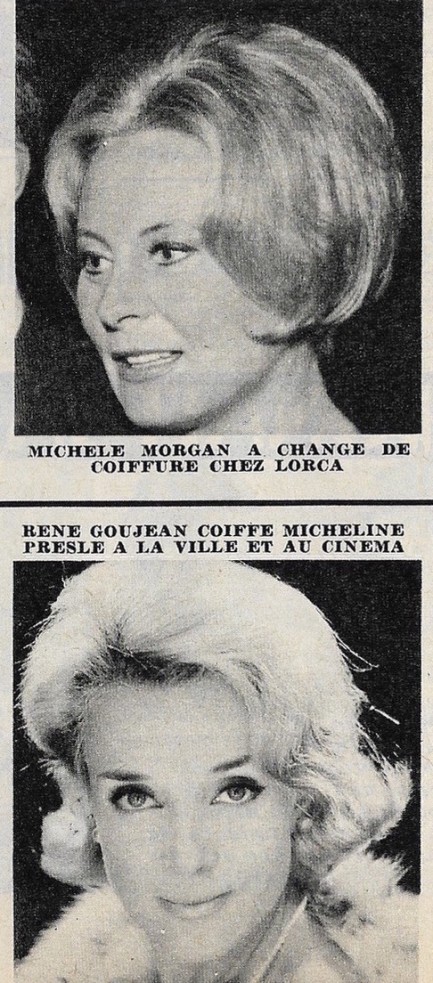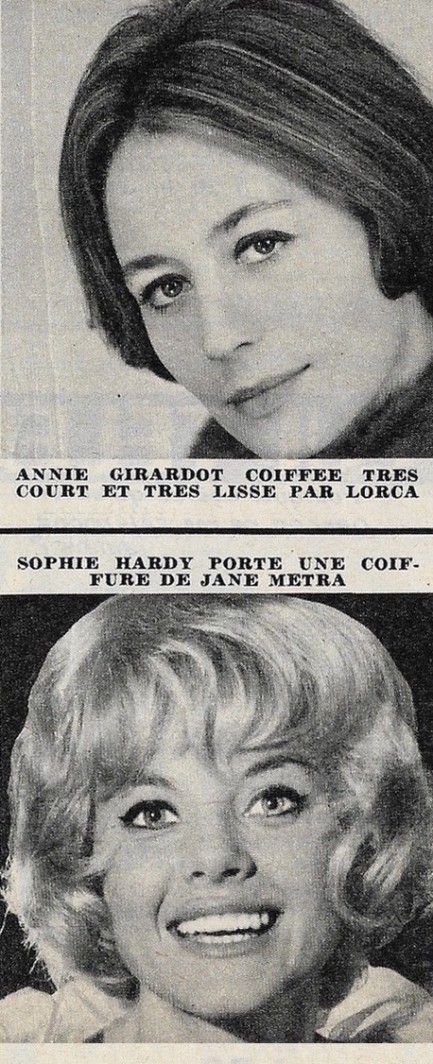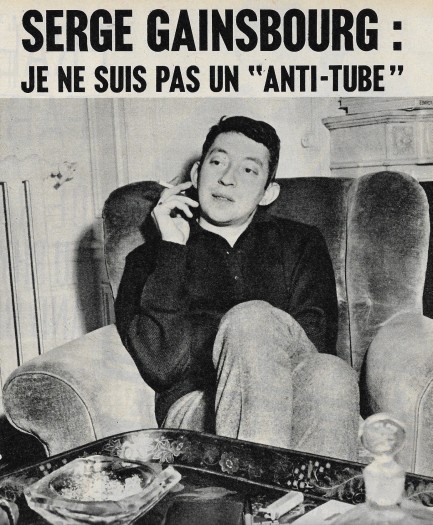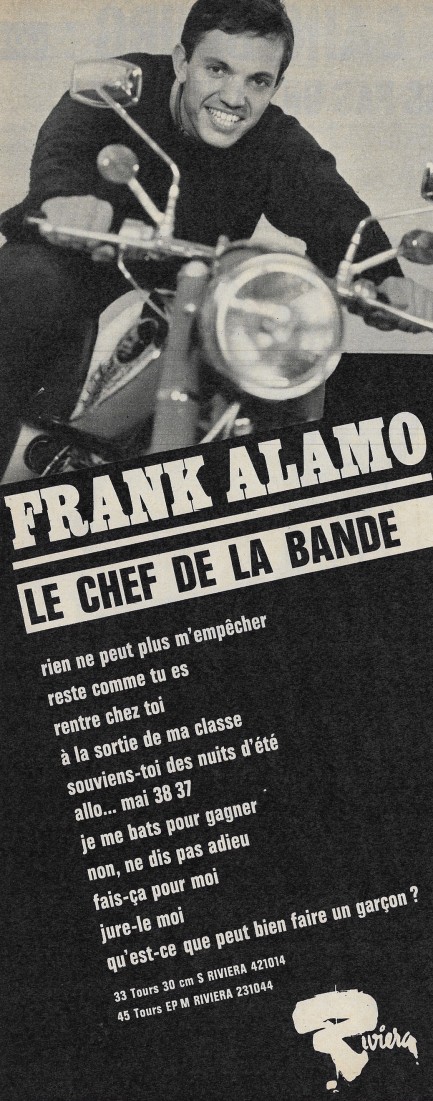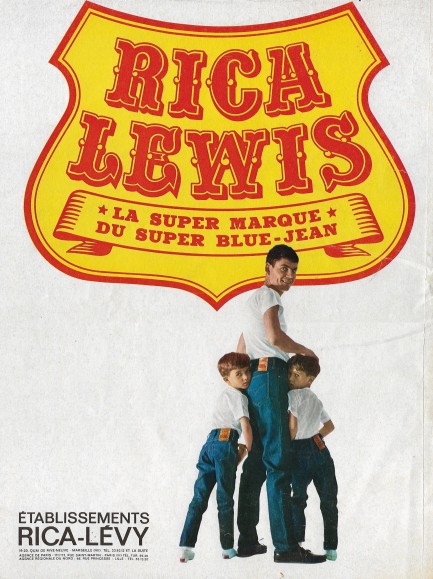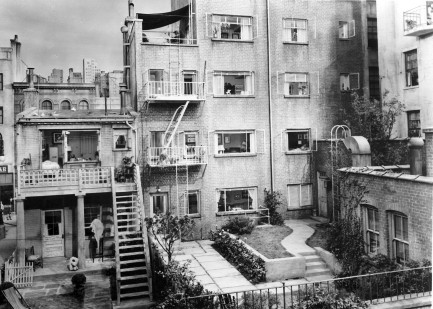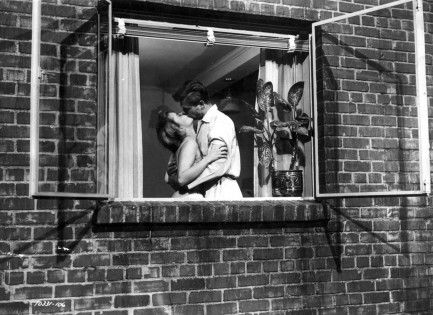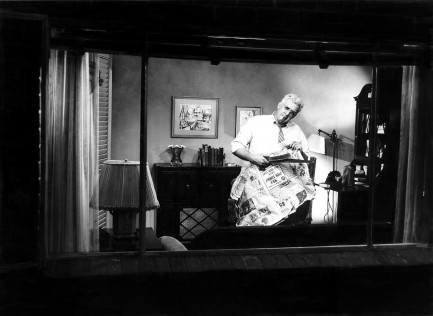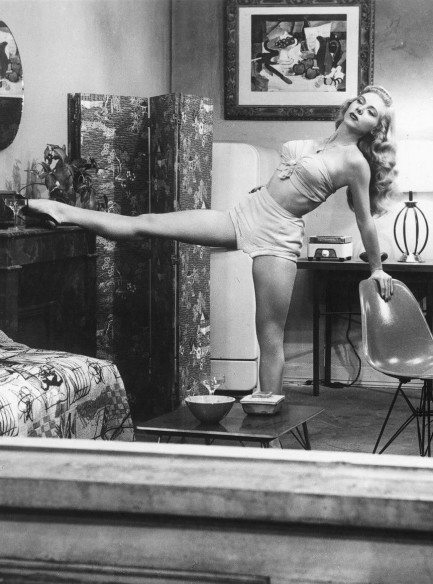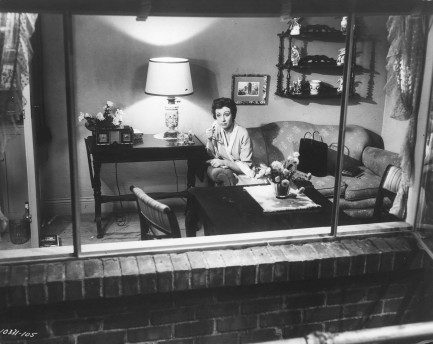 ...and Wendy has stormy eyes... that flash at the sound of lies... 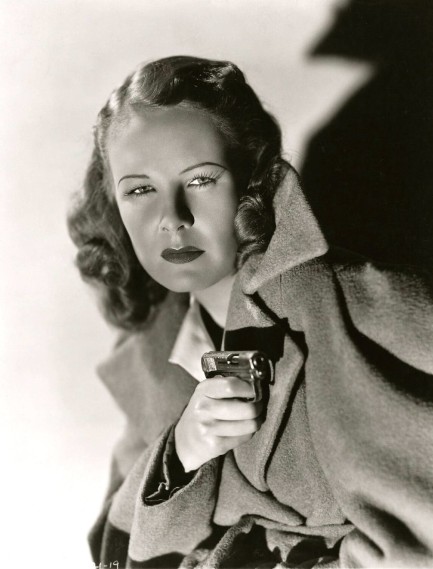
This squinty and displeased looking shot once again shows Wendy Barrie in a promo made for her drama I Am the Law. It's one of more than fifty movies she made, along with 1932's The Barton Mystery, 1934's Murder at the Inn, 1936's Indy 500 themed Speed with James Stewart, 1939's The Witness Vanishes, et al. The shot dates from 1938 and follows one we shared a while back. You can see that one here.
 Mwah! I love you left hook. You get it done every time. 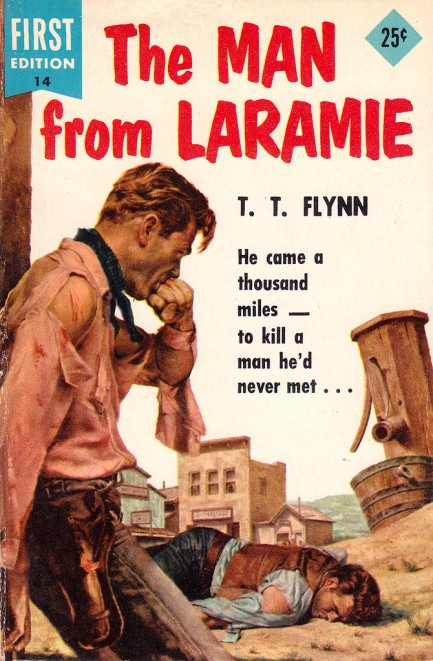
1954's The Man from Laramie by T.T. Flynn is fronted by Stanley Borack art featuring a standing figure nursing sore knuckles, but we prefer to think of him as gratefully kissing his fist. You get a couple of archetypal western elements in this novel, most importantly the mysterious stranger from out of town, and the powerful rancher with no scruples. If the title sounds familiar, it's probably because the book was made into a hit 1955 movie with James Stewart. We may have a look at that later.
 Learn how to be a killer in one easy novel. 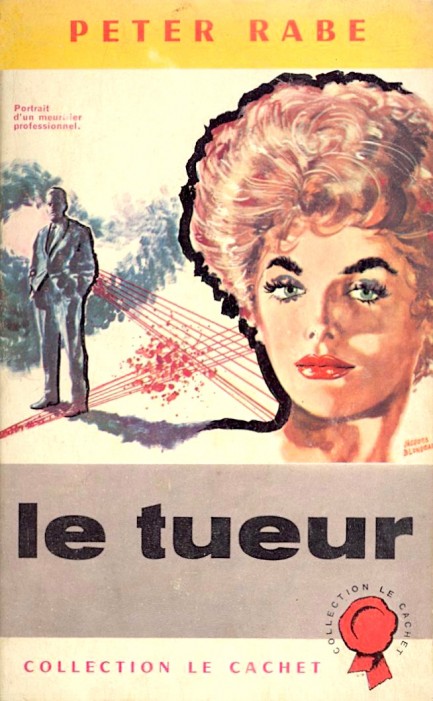
Above is a colorful cover for Peter Rabe's Le tueur, a book better known as Anatomy of a Killer. It was published as the latter in 1960, with this French translation from Éditions de la Trevisse appearing the next year. Obviously, there was a better known novel—actually a novela—by John. D. Voelker, aka Robert Traver, called Anatomy of a Murder that was published in 1958 and became an acclaimed Jimmy Stewart movie in 1959. Why did Rabe choose such a similar title? No idea. But the title tells the story: detailed examination of a professional hitman, as the narrative follows him from killing to killing. The art on this is by Jacques Blondeau, who painted numerous book covers during the 1960s. Based on this nice effort we'll stay alert for more of his work.
 I better enjoy this while I can. Seems like one day this will be seriously frowned upon. 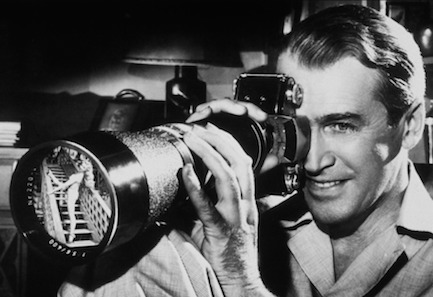
Look at that smile. When a smile like that occurs behind a telephoto lens it can only mean one thing. In Rear Window James Stewart spends quite a bit of time scanning his neighbors with the ole 400mm. And who does he soon see? Why, hot-bodied dancer Georgine Darcy across the courtyard doing kegels and glowing with sweat. Could you even make a movie character like Stewart's pervy photog sympathetic today? We doubt it. Everyone knows he'd be posting his shots on bigtitneighbors.com. Don't bother looking, by the way. We made that up.
Of course, if you watch the movie you realize there are nuances to Stewart's behavior. Main nuance: he's confined to a wheelchair and has nothing to do but stare out the window. Think of his situation this way. You know how you're waiting for someone in a restaurant and you keep watching the door? And there's a woman sitting between you and the door and you keep glancing at her too because you can't help it? And she's doing kegels and glowing with sweat? And you're shooting her with a long lens? That's totally okay, right? Um, it isn't? God, but these are slippery times.
 French magazine celebrates essential American film genre. 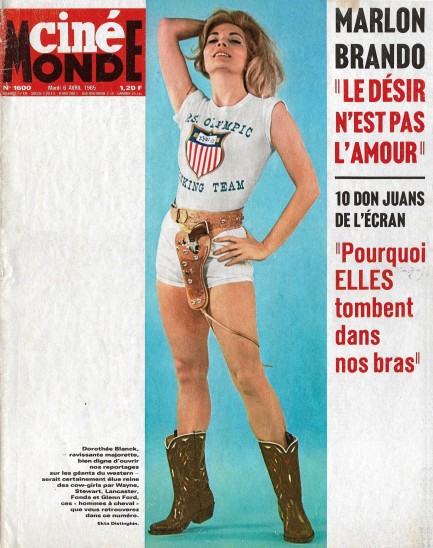
A few years ago we used this image of German actress Dorothée Blanck as a femme fatale, but didn't scan the rest of the magazine in which we had found her. By now you know why—the pages of these old film mags are large and we have to scan them in halves and put them together in Photoshop or GIMP, which is time consuming, something that's a real problem for lazy people like us. But here we are three years later and we've finally done it. Above is the full cover of the issue of Cinémonde—“cineworld” in English—from which Blanck came.
Cinémonde was first published in October 1928 and ran until being interrupted by World War II in 1940. Post hostilities the magazine reappeared, running from 1946 until 1968, taking another pause, running again from 1970 to 1971, and finally folding for good. This issue hit newsstands today in 1965. Like other European magazines of the era, the main attraction with Cinémonde is that its photos generally have not been seen online before. This issue was devoted to the American western, and the subjects include some of the biggest cowboy stars in cinema history, including John Wayne, Glenn Ford, Clint Eastwood, and Jimmy Stewart.
That's the first half of the issue. Afterward editors move outside the western milieu, and you get Marlon Brando, David Niven, Francois Dorléac, Barbara Bouchet, Serge Gainsbourg, hair secrets of the stars, the top ten Don Juans of French cinema, and more. Do we have other issues of this magazine? You bet. We own a group that includes Cinémonde, Ciné-Revue, and others. Will we ever scan them? Well, we make no promises at this point, but you never know—maybe we'll splash out for a bigger scanner and solve the problem with money instead of effort. Seems to work for everyone else. Thirty plus images below.
 Prosecution maintains that the only way to know if these are in fact the witness's panties is to have her try them on. 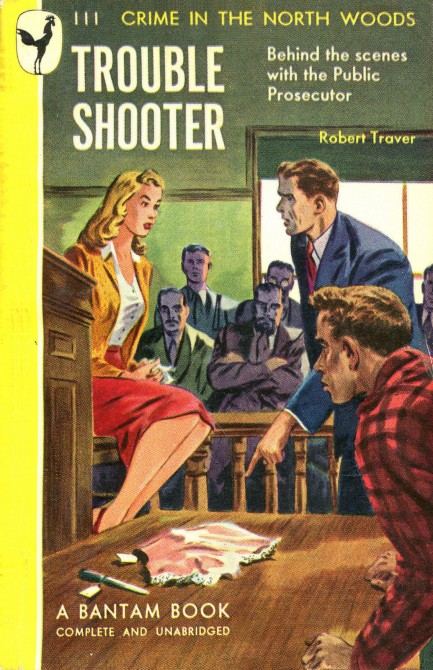
As the great defense attorney Johnny Cochran once so memorably intoned, “If the panties don't fit you must acquit.” Lawyering is all about snappy rhymes. Robert Traver knew this because he was in reality John D. Voelker, first a prosecutor, second a justice on the Michigan Supreme Court, and all the while the author of numerous novels. The most famous of those was Anatomy of a Murder, which became an Otto Preminger motion picture starring Jimmy Stewart and Lee Remick. Looking at the odd cover scene above, you probably want to know what's happening. An assistant prosecutor is trying his first case, which centers around a house painter who “did ravish and carnally know” a young woman named Gloria. But it turns out Gloria's mother had interrupted what was actually a consensual encounter, exploded with shame and outrage, and forced her daughter to file rape charges. The case falls apart in court and the young prosecutor is made to look like a fool, so the cover art tries to capture that event. Trouble Shooter was originally published as Trouble-Shooter: The Story of a Northwoods Prosecutor in 1943, with this Bantam paperback edition coming in 1947.
 An afternoon on the South Side. 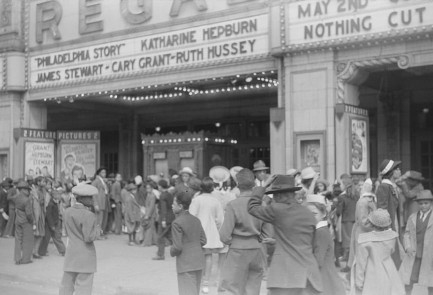 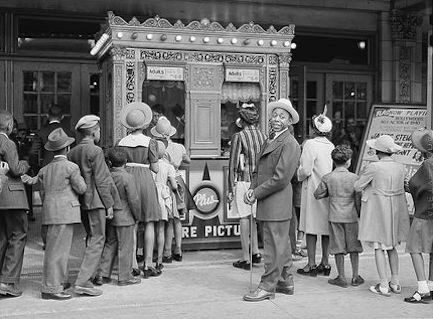 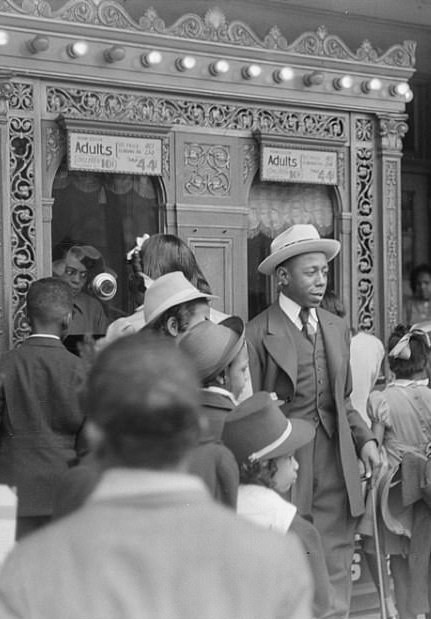
The above photos show the Regal Cinema in Chicago one afternoon during the spring of 1941 as locals flock to see The Philadelphia Story, starring Katherine Hepburn, James Stewart, and Cary Grant. The shots were made by Farm Security Administration photographer Edwin Rosskam, who had been tasked with documenting life in Chicago's black belt, which is where racist housing practices forced African Americans to live. Most of Rosskam's photos made abundantly clear that the underclass status forced upon blacks by redlining—the utilization of mortgage and insurance practices to hem them into tightly packed areas—led to less than desirable conditions, but many of his shots showed joyous moments and bustling civic life. These images of people decked out for a matinee are examples. They're part of the Office of War Information Collection maintained by the Library of Congress.
 There's nothing harder than facing your worst fear. 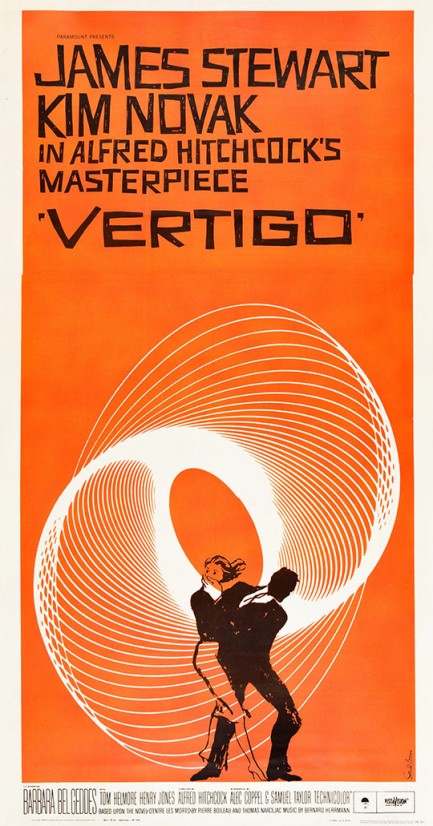
The poster for Alfred Hitchcock's 1958 thriller Vertigo, designed by Saul Bass, is one of the most famous and influential promos ever made. Bass actually can't take full credit for it—he oversaw its creation, but the unique spiral pattern was made by John Whitney and the figures were drawn by Art Goodman. Bass and Co. made a couple of similar versions of the poster for the film's U.S. run. We showed you one a while back, and now the above version completes the pair. If you haven't seen Vertigo, we can't tell you much that hasn't already been written. Four years after starring in Rear Window Jimmy Stewart plays another damaged man for Hitchcock, a San Francisco detective who has of fear of heights, the result of a rooftop chase gone wrong. He later gets involved in a mystery that puts his acrophobia to the ultimate test. Many say this is Hitchcock's best movie. We don't think so, but it's definitely a landmark, particularly as it relates to co-star Kim Novak's role, its opening action sequence, and its reliance upon San Francisco locations to help tell its story. In fact, the latter aspect was why the film's world premiere took place in San Francisco today in 1958. Below you see some screen grabs, along with a beautiful promo poster that was made for the movie's run in India. Put Vertigo in your queue. 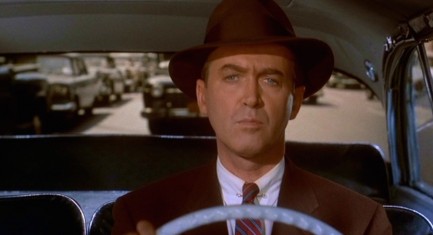 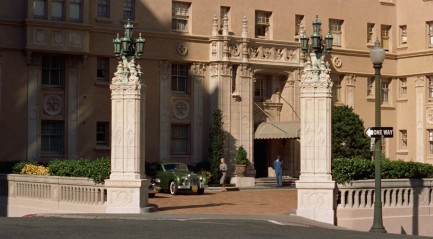 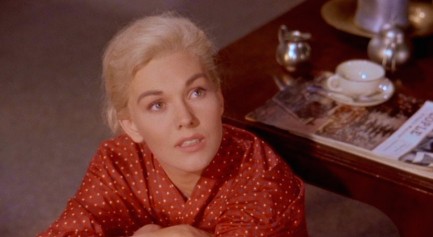 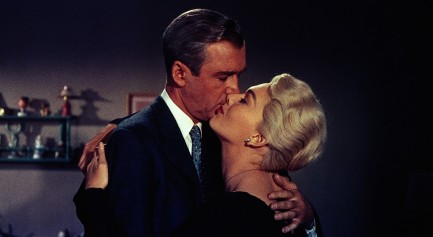 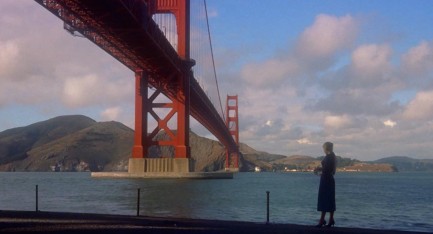 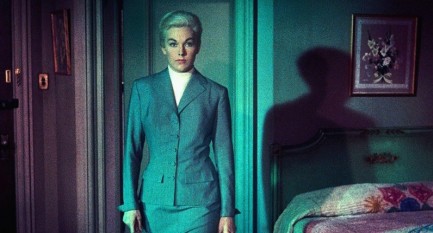 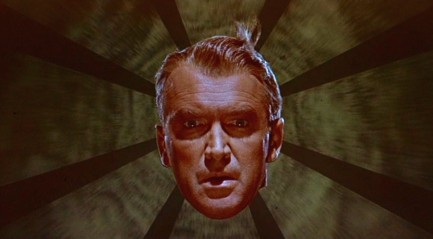 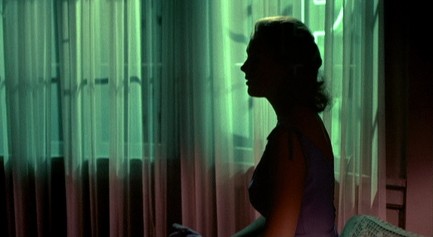  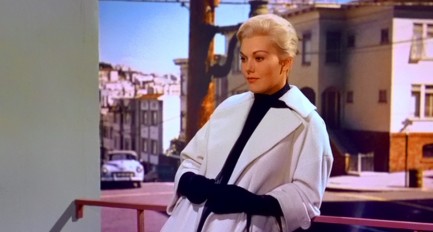 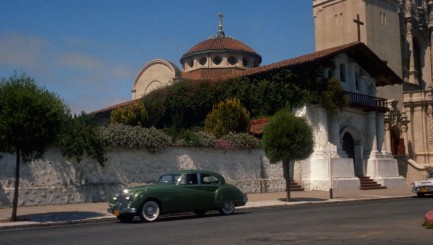 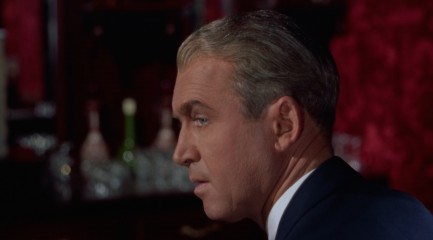 
 James Stewart sees the sights without ever leaving his apartment. 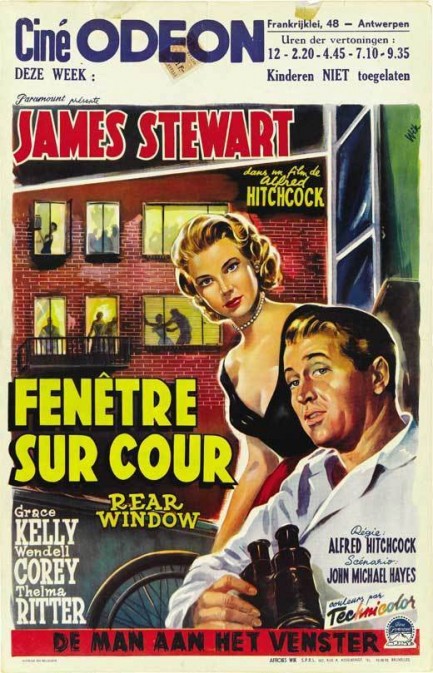
Belgian movie posters are often quite beautiful. We've already shared frameworthy examples for Vanessa and A Thousand and One Nights, as well as a few others, and above you see a promo for Alfred Hitchcock's classic Rear Window. The movie premiered in 1954 and first played in Belgium today in 1955, where it was titled Fenêtre sur cour, which means “window on the courtyard.” The poster was printed by S.P.R.L. Belgique and the artist is Wik, someone who is simultaneously well represented in vintage poster circles while being a total mystery. We plan to dig around, see if we can find more info on this person.
Everyone has a favorite Hitchcock movie. Rear Window is ours. The story, the stars, and the look of the film are all great, and the idea of everyone's lives under a microscope foreshadows the world in which we live in today. Raised shades aren't needed, though—metadata tells corporations and governments more than a glance in a window ever could. In Rear Window, once Jimmy Stewart realizes he is able to spy, he does it even though he knows it's wrong, and once he suspects a crime has been committed, any sense of guilt disappears—instead he feels entitled to intrude. Maybe that's why today's digital spies always claim to be ferreting out crime—because they know most people will accept that as an excuse.
But you don't need us to analyze Rear Window. More qualified writers have gone over every frame of the film. Instead we've decided to show you below what Stewart was looking at, thanks to series of promo images we managed to locate. Thus you see, from top to bottom, the rear courtyard which encompasses the story, the newlyweds Rand Harper and Havis Davenport, the murder suspect Raymond Burr, Miss Torso played by Georgine Darcy, Miss Lonely Hearts played by Judith Evelyn, and Grace Kelly with sidekick Thelma Ritter digging for body parts in the garden. If you haven't seen the film, definitely watch it. You'll have fun.
 She had a torso like no other. 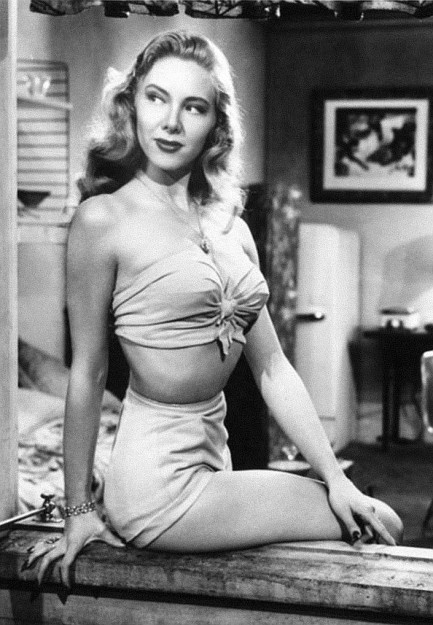
And here's a photo to soothe any frayed nerves after our commentary in the previous post. You're looking at Georgine Darcy. She had a mildly successful career in show business, but only one role of hers really matters—Miss Torso from Alfred Hitchcock's top notch thriller Rear Window. If you haven't seen it don't be scared. Darcy is not nicknamed Miss Torso because she ends up dismembered or anything like that (no, that's a different character in the movie). Darcy is so named because James Stewart watches her dance, dress, flirt, and do other fun things with her perfect body. Yes, he's a voyeur, but he's wheelchair bound and bored. If it were us, we'd have no excuse at all.

|
 |

The headlines that mattered yesteryear.
1945—Churchill Given the Sack
In spite of admiring Winston Churchill as a great wartime leader, Britons elect
Clement Attlee the nation's new prime minister in a sweeping victory for the Labour Party over the Conservatives. 1952—Evita Peron Dies
Eva Duarte de Peron, aka Evita, wife of the president of the Argentine Republic, dies from cancer at age 33. Evita had brought the working classes into a position of political power never witnessed before, but was hated by the nation's powerful military class. She is lain to rest in Milan, Italy in a secret grave under a nun's name, but is eventually returned to Argentina for reburial beside her husband in 1974. 1943—Mussolini Calls It Quits
Italian dictator Benito Mussolini steps down as head of the armed forces and the government. It soon becomes clear that Il Duce did not relinquish power voluntarily, but was forced to resign after former Fascist colleagues turned against him. He is later installed by Germany as leader of the Italian Social Republic in the north of the country, but is killed by partisans in 1945. 1915—Ship Capsizes on Lake Michigan
During an outing arranged by Western Electric Co. for its employees and their families, the passenger ship Eastland capsizes in Lake Michigan due to unequal weight distribution. 844 people die, including all the members of 22 different families. 1980—Peter Sellers Dies
British movie star Peter Sellers, whose roles in Dr. Strangelove, Being There and the Pink Panther films established him as the greatest comedic actor of his generation, dies of a heart attack at age fifty-four.
|

|
|

It's easy. We have an uploader that makes it a snap. Use it to submit your art, text, header, and subhead. Your post can be funny, serious, or anything in between, as long as it's vintage pulp. You'll get a byline and experience the fleeting pride of free authorship. We'll edit your post for typos, but the rest is up to you. Click here to give us your best shot.

|
|








